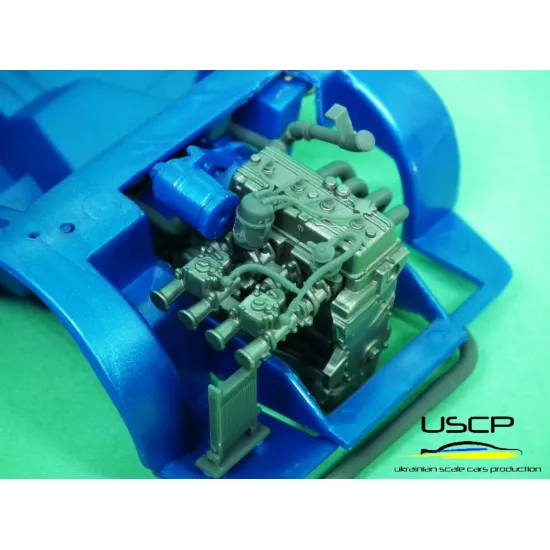An Enthusiast’s Guide to Crafting Realistic Plastic Models with Ease
An Enthusiast’s Guide to Crafting Realistic Plastic Models with Ease
Blog Article
Developing plastic models is more than an interest; it's an art form variety that needs persistence, accuracy, and creativity. From traditional airplane to sci-fi spaceships, fanatics would bring these miniature masterpieces to life with a mixture of meticulous practices and the best tools. This guide offers actionable ideas to greatly help hobbyists build sensible model kits with ease.
Start with the Right Kit
Picking a quality model kit is the foundation of a sensible project. Search for systems from reputable models known in the modeling community, such as for instance Tamiya, Revell, or Bandai. For beginners, focus on simpler packages offering less pieces. Advanced modelers might prefer extremely detail by detail products with complex designs. Check the scale (1/72, 1/48, etc.) to make certain it aligns together with your collection and preferences.

Planning is Essential
Planning pieces the tone for the final results. Begin by carefully washing the areas with soap and water to remove any shape discharge agents, which can hinder paint adhesion. Following the parts dried, evaluation the directions carefully. Organize the pieces and instruments you'll need, such as passion blades, sandpaper, tweezers, and glue. Trim any surplus plastic or flash from the elements utilizing a sharp edge to make sure smooth edges.
Grasp the Art of Assembly
When assembling, persistence is key. Dry fit the pieces before using stuff to make sure a great fit. Use little stuff in order to avoid excess, as it could damage the easy appearance of your model. Detail applicators or brushes are exceptional methods for applying glue in small spaces. Invest in clamps or plastic artists to put up pieces together while the adhesive sets.
Obtain Reality Through Painting
Painting is wherever versions truly come to life. Start through the use of a primer layer, which guarantees actually color program and highlights any imperfections that may need correction. Use acrylic or enamel shows with regards to the ideal finish, and always research pictures of the real-life subject for accuracy. Practices such as airbrushing offer a professional feel, while weathering results like clears and dried brushing can add degree and realism.

Put the Final Details
Decals are a vital part of performing your model. To avoid the dreadful silvering effect, apply them over a gloss coat and use decal setting solutions for greater adherence. After using the stickers, seal your work with a flat or shine prime fur, depending on the search you're looking for.
By following these steps, fanatics may raise their designs to museum-quality pieces. With training and focus on depth, creating practical plastic versions is an hugely satisfying experience.
Report this page